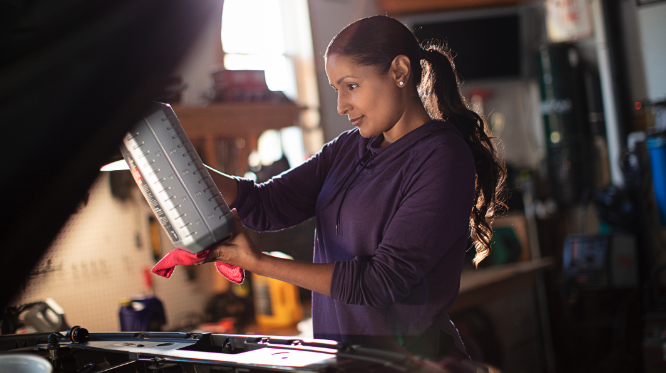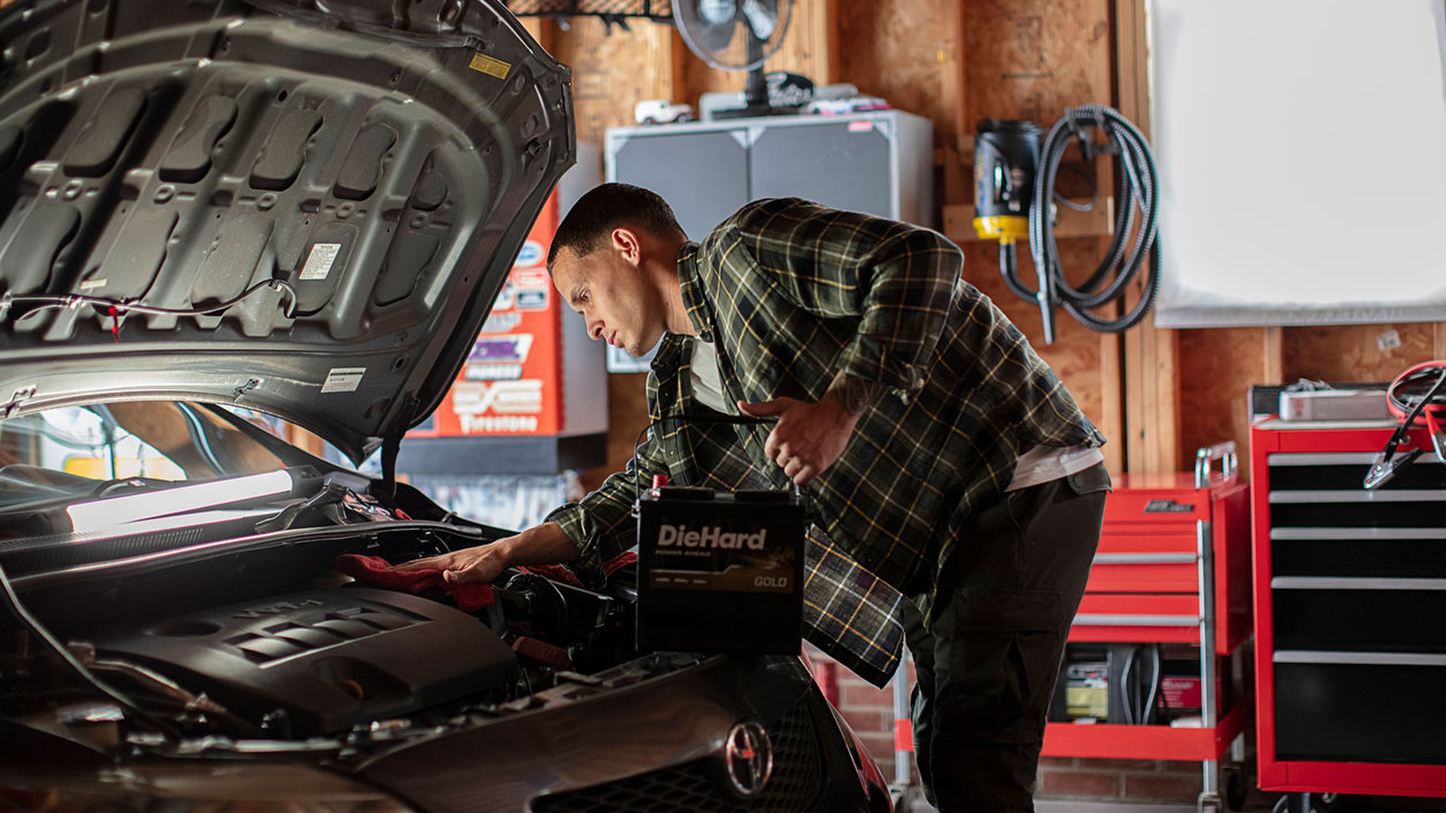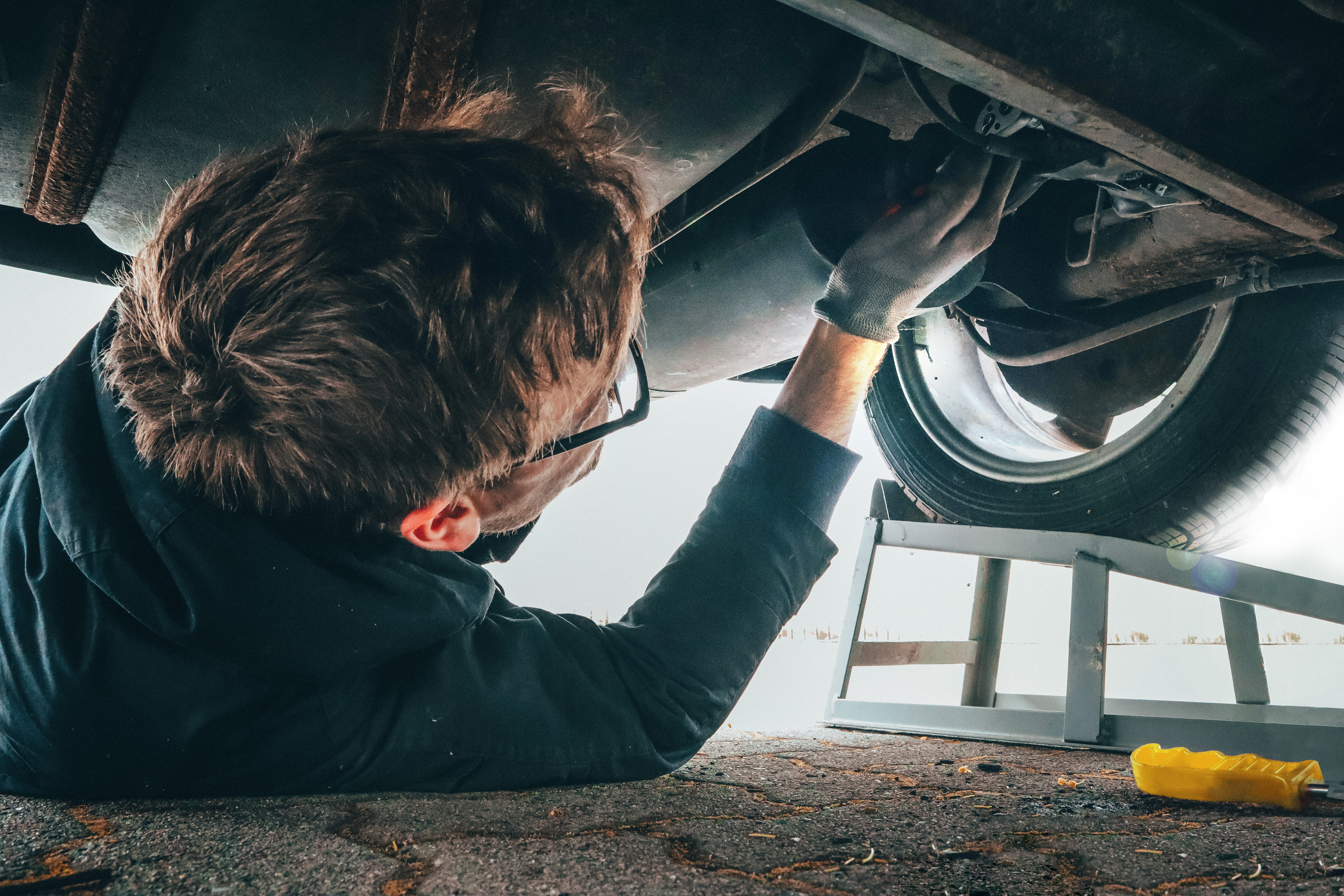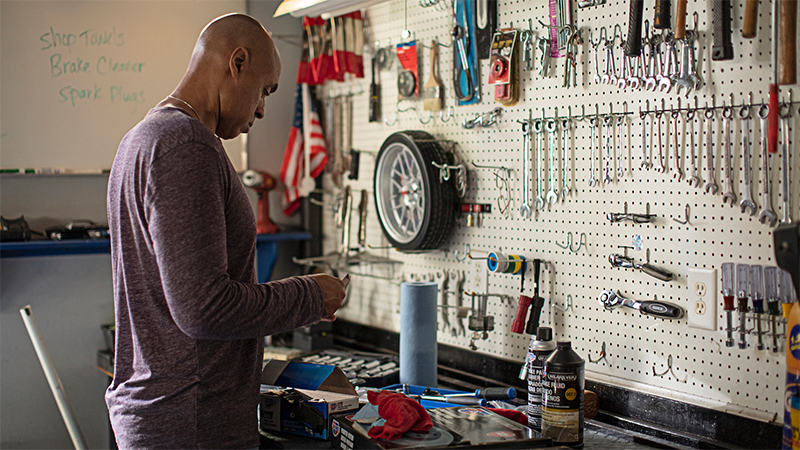Winter is officially over! If you have been holding off on performing some much-needed vehicle maintenance because it was just too cold, dark, snowy, windy or wet, now is the time to plan your spring vehicle maintenance strategy. Start by identifying the projects you want to tackle, then develop a checklist of what you'll need to complete the job to ensure your vehicle remains a reliable, peak performer.

Source | Getty Images
PERFORM AN OIL CHANGE
As the engine's lifeblood, oil is at the top of every maintenance list. Start by checking the oil level regularly and changing the oil and oil filter at vehicle manufacturer-recommended intervals. If you're still using conventional oil, consider the benefits of full synthetic or full synthetic high mileage motor oil. Don't forget to replace your drain plug gasket and washer.
Full synthetic oil doesn't break down as fast as conventional oil and provides longer intervals between oil changes. It does better in both low and high temperatures without losing performance or protection.
Older vehicles with 75,000 miles or more can benefit from full synthetic high-mileage oil because it contains special additives. These additives help recondition hardened gaskets and shrinking, brittle seals, preventing or slowing oil leaks.
WASH AND WAX
Winter can be tough on vehicles thanks to all the accumulated dirt, grit, tar, salt and other road-treatment chemicals. Vehicles also tend to be washed less frequently during winter, compounding potential damage to the paint and underbody.
To stop the damage and protect your vehicle's finish, start by cleaning it with a high-quality exterior car wash solution. Next, use a clay bar and/or a bug and tar remover to eliminate any stubborn, stuck-on materials that eat away at the clear coat. Then, wax all painted and chromed surfaces.
Whether you're using elbow grease or an orbital polisher for applying and removing wax, know that today's modern waxes are easier to remove and offer better protection than traditional automotive waxes from 20-plus years ago. Additionally, ceramic waxes are easy to use, and provide quality protection and durability.
REPLACE THE WIPERS
Wiper blades should last a minimum of six months. While rubber's pretty hardy, it's no match for the wear-and-tear that often occurs in winter. Replace the wiper blades if they're six months or older, if they show signs of cracked or worn rubber, or if not wiping effectively. Another indication they need to be replaced is if they chatter and leave streaks of water with each pass instead of a clear windshield.
CHANGE THE SPARK PLUGS
Ask different people how often to change spark plugs, and you'll likely receive different answers. The standard used to be a 30,000-mile interval. However, some vehicle manufacturers recommend replacing the plugs every 100,000 miles. Many service professionals specify somewhere in between.
The right answer depends on the plug type (and there are several), including copper, single and double platinum and iridium. Importantly, choose the same plug type recommended by the vehicle manufacturer.
Spark plugs wear out and need to be replaced, just like your vehicle's belts, hoses, filters and fluids. Rough idling, lack of power, trouble starting the engine or an engine that knocks or misfires are all signs that one or more spark plugs are bad. These symptoms will usually trigger the check engine light, too. Stop by your local Advance Auto Parts store, where free engine code scanning is offered on most OBDII vehicles.

Source | Getty Images
REMEMBER THE CABIN AIR FILTER
Many owners know to regularly clean or change engine air, oil, transmission and fuel filters. A fifth often overlooked filter is the cabin air filter often located behind the glove compartment door, under the dash, or in the engine compartment.
It traps outside contaminants — leaves, bugs, dirt, dust, pollen, mold and exhaust gases — and prevents them from entering the passenger compartment's air. Choose a HEPA (high-efficiency particulate air) cabin air filter for top-of-the-line performance and the cleanest air possible, as it removes nearly 100 percent of contaminants.
Most cabin air filters should be changed around the 15,000-mile mark or at least annually. A clean filter makes the job easier for a vehicle's heating, air-conditioning and blower-motor system and helps prevent a foul-smelling interior.
CHECK THE BRAKES AND ROTORS
On many vehicles, you can gauge the condition of the brake pads simply by looking at them. Just grab a flashlight and look at how much pad material remains. If it's a quarter inch or less, it's time for new pads. Some pads also have a wear indicator running down the pad's center. New pads and rotors are needed if the indentation is almost gone or barely visible.
It is also good to know the warning signs that new brake pads and rotors are needed. They include longer stopping distances, grinding noises or squealing when pressing the brake pedal, vibrations, and the vehicle pulling to one side when braking.
Don't forget to track how long it has been since the brake fluid was last replaced. Brake fluid is hygroscopic, which means it attracts water. Over time, water accumulated in the braking system can damage metal parts and lower the brake fluid's boiling point, impacting braking performance. If you're not sure how to change your brake fluid, here's a helpful step-by-step guide.
The weather is perfect for planning and performing your spring vehicle maintenance. Advance Auto Parts carries the essentials for all your DIY projects. Not sure which parts are right for your vehicle? Stop by your local store and ask a knowledgeable Team Member for advice or any other DIY questions you have. We look forward to seeing you this spring!
What's on your spring maintenance to-do list? Let us know in the comments.







